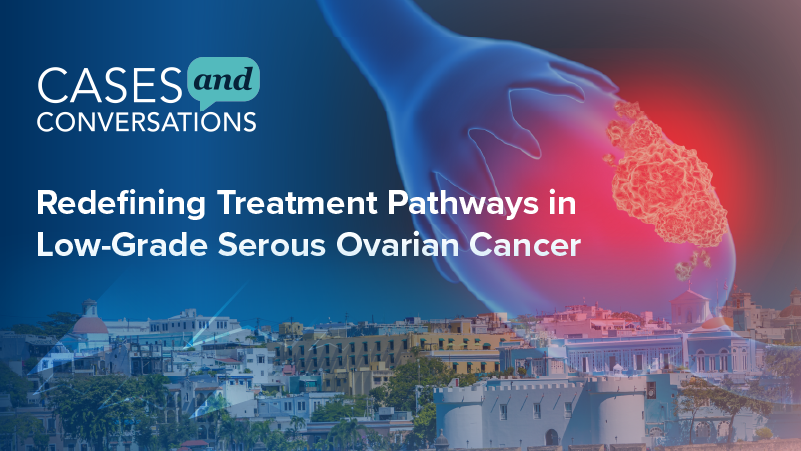NCI proposes mammography revisions
The National Cancer Institute last month added fuel to the controversyover mammography screening of women aged 40 to 49. NCI proposeda revision to its breast cancer screening guidelines that withdrawsthe institute's recommendation that women aged 40 to
The National Cancer Institute last month added fuel to the controversyover mammography screening of women aged 40 to 49. NCI proposeda revision to its breast cancer screening guidelines that withdrawsthe institute's recommendation that women aged 40 to 49 receiveregular screening mammograms. NCI's prior guidelines, establishedin 1987, recommended mammography every one to two years and anannual clinical breast examination for women in the 40 to 49 agegroup.
The proposed guideline recommends that asymptomatic women aged40 to 49 receive a clinical breast examination annually and discussthe appropriateness of a screening mammogram individually withtheir physicians. No changes were proposed for NCI's guidelinesfor women who are 50 and over.
NCI proposed the revisions because years of research failedto show a benefit for annual screening of women between 40 and49, said Dr. Peter Greenwald in the Journal of the National CancerInstitute. Greenwald is director of NCI's Division of Cancer Preventionand Control (DCPC).
The revisions would put NCI at odds with the American CancerSociety, which recommends screening for women in the 40 to 49age group. The American College of Radiology also registered itsconcern about the proposed revisions, stating that the ACR couldnot support them.
"These proposed changes in the NCI guidelines will onlyserve to confuse women and their physicians about the benefitsof screening mammography in the earlier detection of breast cancerin all age groups," the ACR said.
The DCPC's board of scientific counselors signed off on theproposed revisions on Oct. 21 and forwarded its recommendationsto the National Cancer Advisory Board. The board will review theissue at its next meeting, on Nov. 22 and 23.
Newsletter
Stay at the forefront of radiology with the Diagnostic Imaging newsletter, delivering the latest news, clinical insights, and imaging advancements for today’s radiologists.
























